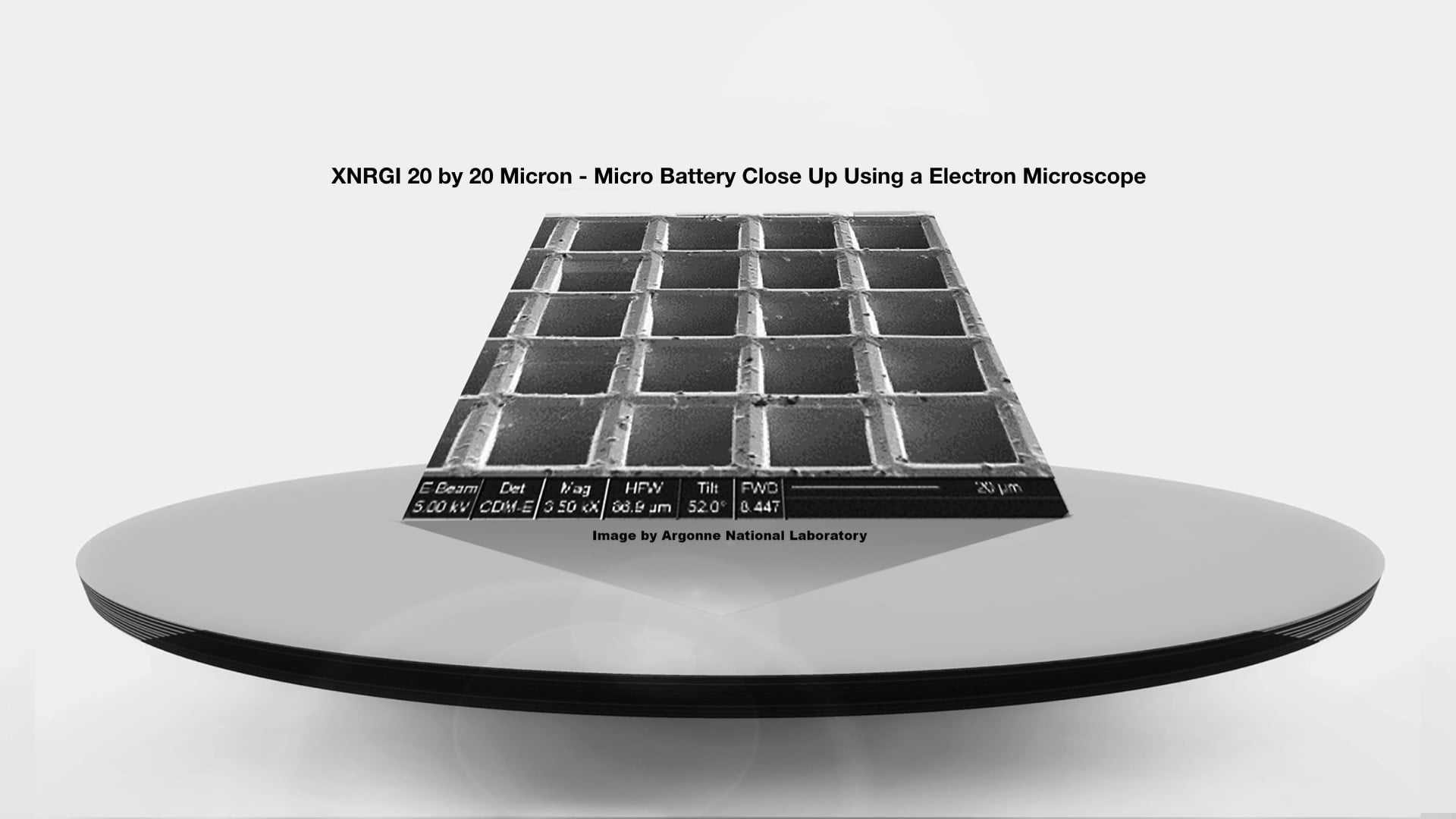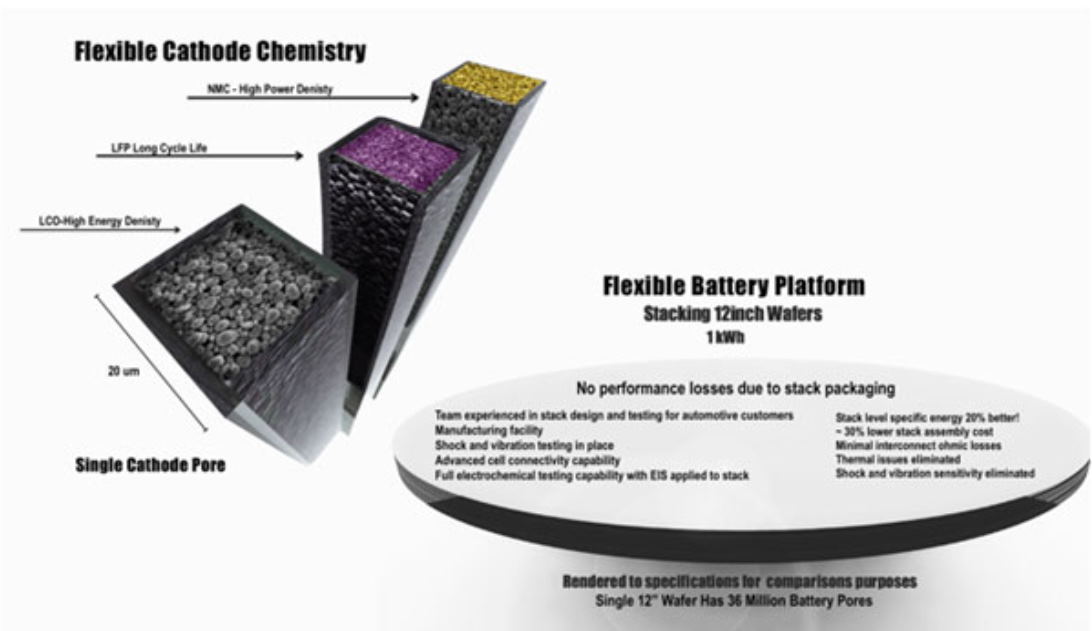
In recent years, many companies and individual researchers have made announcements about the development
Quiet breakthrough

The American company that promised(another start-up?) to start producing revolutionary batteries of the future, yet there are a couple of differences from past promises. First, this is already a well-known and transparent technology that has patent protection, the second - and this is a very important difference - the technology relies on widely used and long-used materials, on long-studied and commercialized processes, even from other fields.
If we talk about the current Li-ion batteries, thenthey charge for a very long time, and this applies not only to smartphones, but also more devices. But the cheapness of their manufacture blocks all valves of new technologies, at least in the middle term. And then XNRGI appears, claiming that it has accomplished something impossible for the majority - it has developed ultra-capacious and fast-charged Li-ion batteries based on the already well-known and used solutions. Today, Li-ion batteries are used everywhere, both in transportation and in mobile and wearable electronics. Billions of enterprises have been built for the production of such batteries and more. However, experts still advise to be ready for a fairly shortfall. Unless, of course, technology will remain at the current level.
What is offered

Powerchip's breakthrough technology underpinsconventional silicon substrate, which has a porous structure. These have been used for more than a decade in the manufacture of microchips, although they are no longer used, since the technological processes have gone very far forward. What remains of the old process technology can be used to efficiently store energy, while keeping it very safe. Moreover, such substrates are produced and are able to produce in almost all countries. All you need is a substrate, a small insulating layer and a metal layer. And all this has long been produced in large quantities, only for other needs. That is, to organize the production of batteries, there is no need to build a plant for a full cycle for several billion dollars. It is enough to organize a small assembly plant.
Benefits

In addition to ease of manufacture, the technology hasmore benefits that are less tempting. If you take the standard structure of 12 inches, then it has 160 million pores, and they work as separate microscopic batteries. It turns out that such a 3D battery has a surface of seventy times the two-dimensional solution. Here, each time is separate, which will not allow accidental closure, and all this will allow you to charge the battery several times faster. But that's not all, the battery will absorb energy very quickly, and also serve much longer. The current batteries are degraded by dendrites, which, penetrating into the cathode with their tentacles, destroy it. But silicon walls are much better resist dendrites, and if a couple of micropores fail, it will not greatly affect the performance of the entire battery.